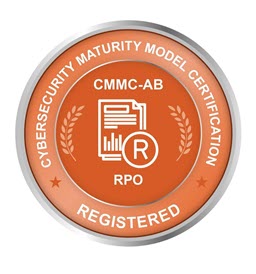Establishing effective cybersecurity controls is a major challenge for every company. Organizations both big and small need to leverage a prescriptive, repeatable, and mathematical approach to risk management.
Cybersecurity compliance regulations are designed to harden your infrastructure. DevilDog takes on the work of managing the complex compliance processes so you can focus on your core business. Our experienced team is well-versed in government compliance and can support your business’s software security needs while distilling both the assessment and solution into easy-to-understand concepts and terms.

The DevilDog Compliance Group can provide a comprehensive cybersecurity plan that’s right for you. Our solutions include everything companies need to comply with regulations, such as
The DevilDog Compliance Group is comprised of project managers and cybersecurity specialists with decades of experience in meeting a wide range of regulations. We also work with experts in the field, including the authors of CyberSecurity regulations, such as CMMC, NIST 800-171 and DFARS.
— CISA
For starters, it’s important to first figure out what regulations or laws you need to comply with. Compliance requirements vary greatly from federal to state. Some apply regardless of whether your business is located in the state, territory or market.
Secondly, it’s important to determine what type of data you are storing and processing, as well as which states and countries you are operating in. In many regulations, specific types of personal information are subject to additional controls. Personally identifiable information (PII), includes any data that could uniquely identify an individual.
Most companies are far too small to justify hiring a six-figure CISO to manage compliance. However, there are many cybersecurity firms that have staff to manage cybersecurity at a fraction of this cost. By hiring a CISO or outsourcing this responsibility you can gain compliance and get regular updates regarding the state of your cybersecurity program and compliance efforts.
Every major cybersecurity compliance requirement requires a vulnerability/risk assessment. These are critical in determining what your organization’s most critical security flaws are, as well as what controls you already have in place.
You must implement technical controls to the cybersecurity regulation you are adhering to. Here are some examples of technical controls:
You must have policies and procedures in place to mitigate risk. It’s critical for compliance, security and safety. Some examples of non-technical controls include:
Review requirements that need to be met and regularly test your controls. Conducting regular tests will make sure your company stays compliant.